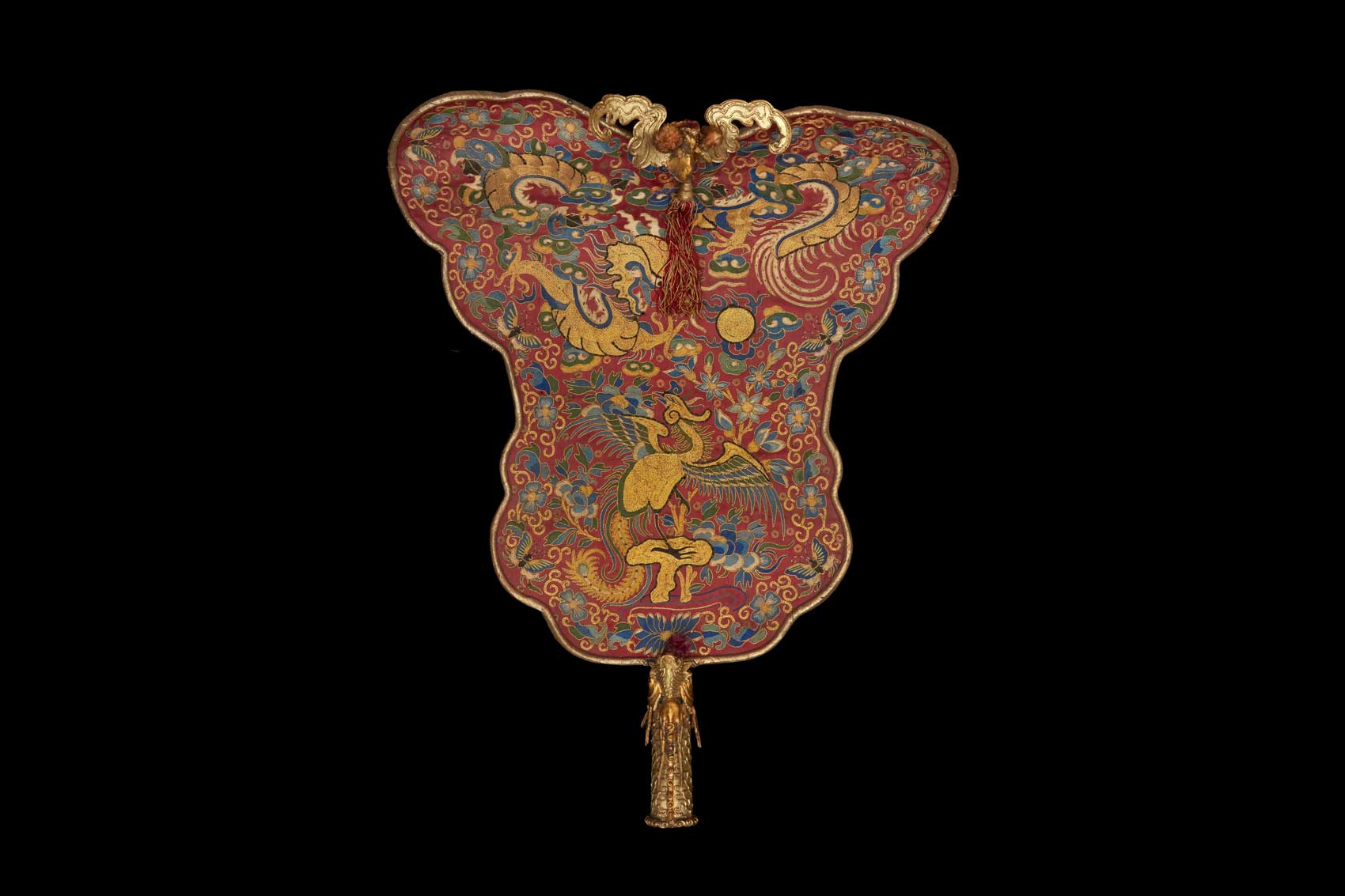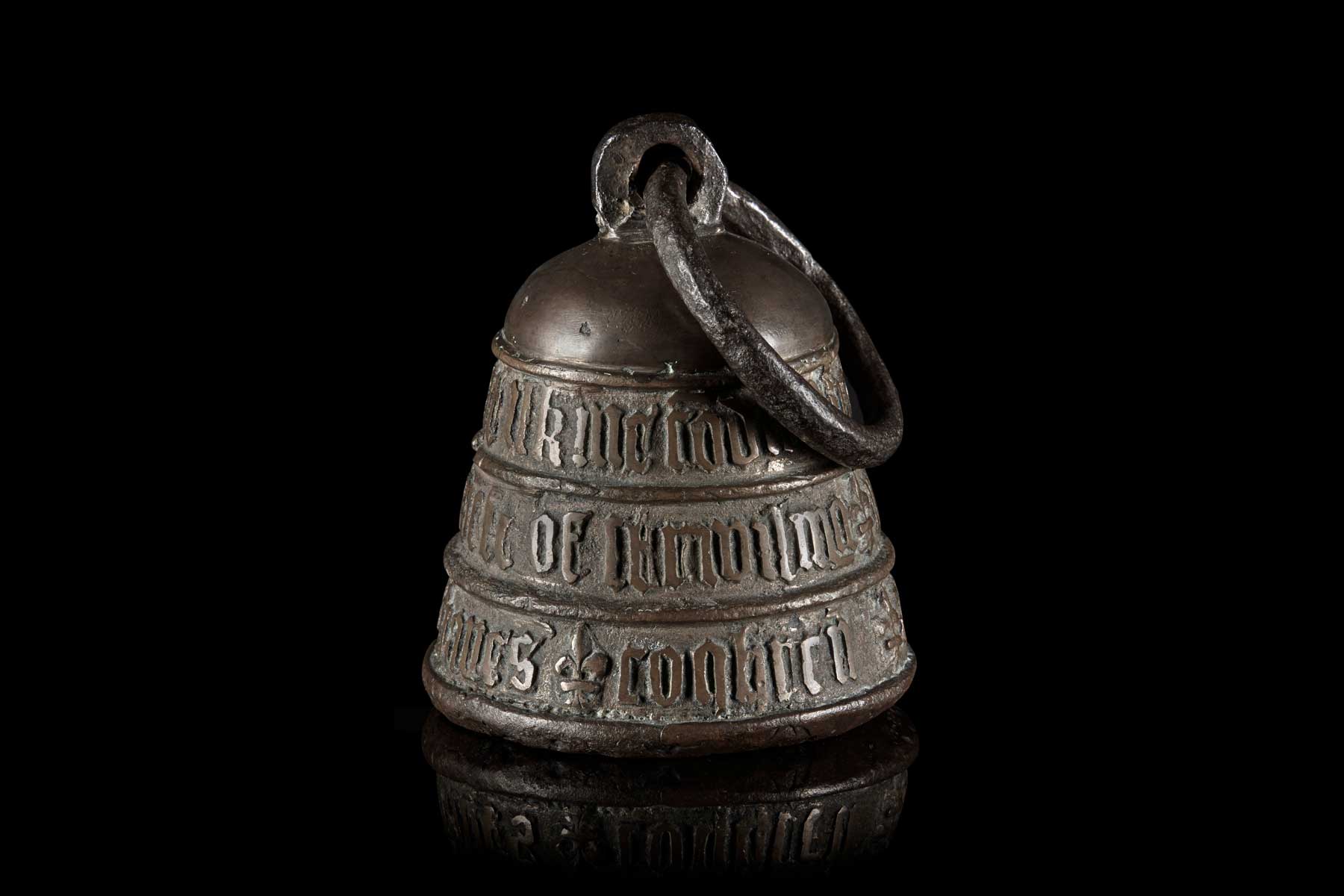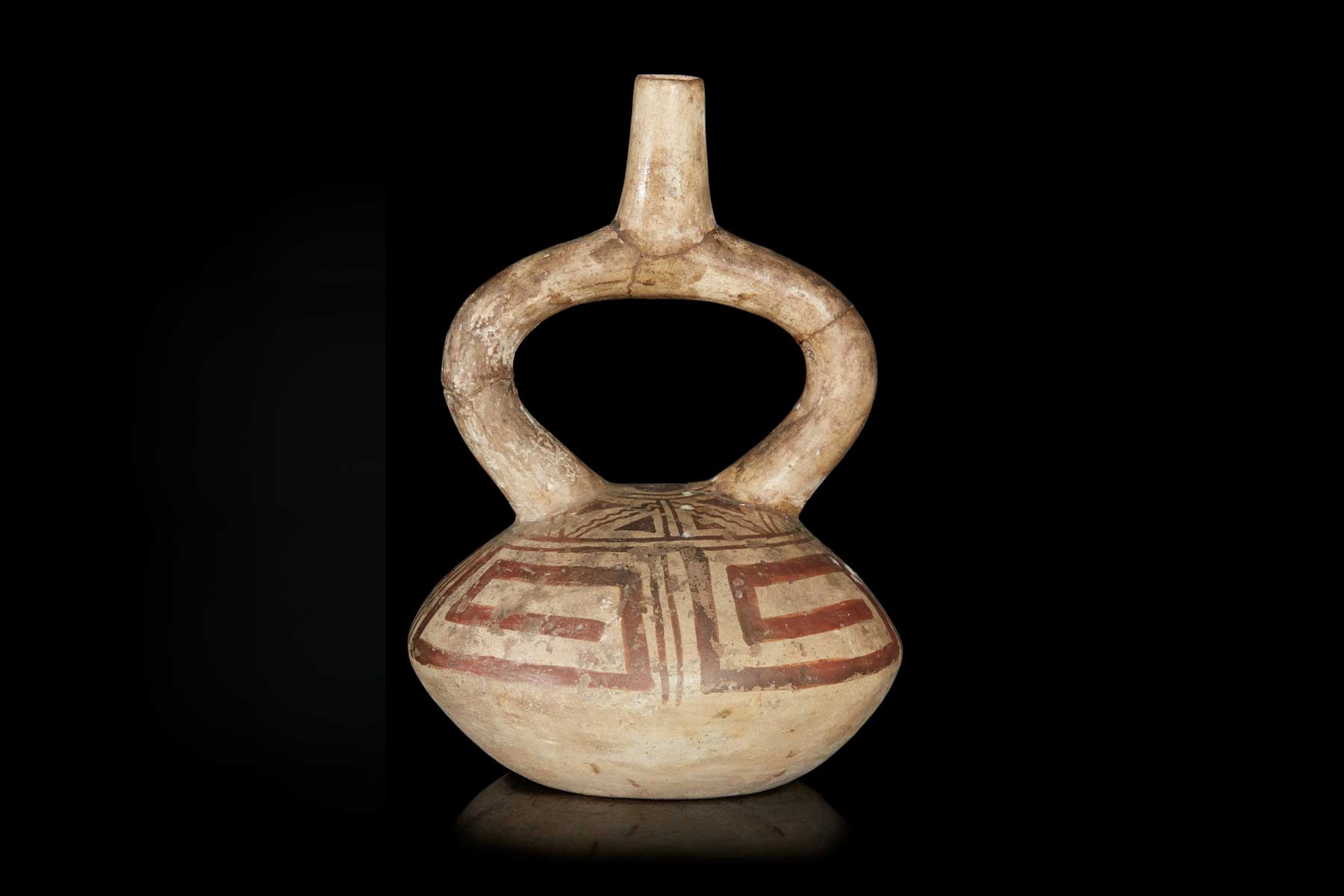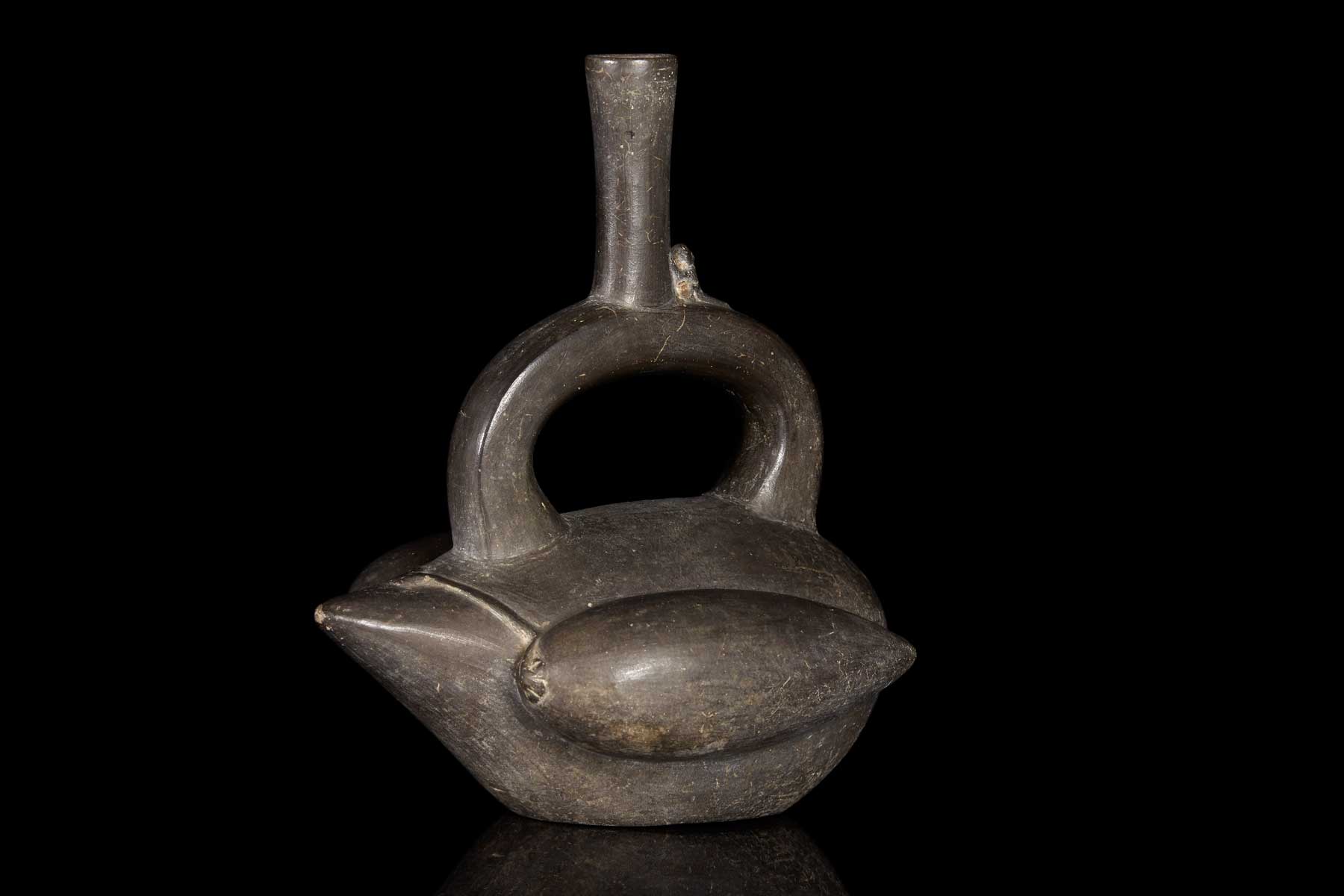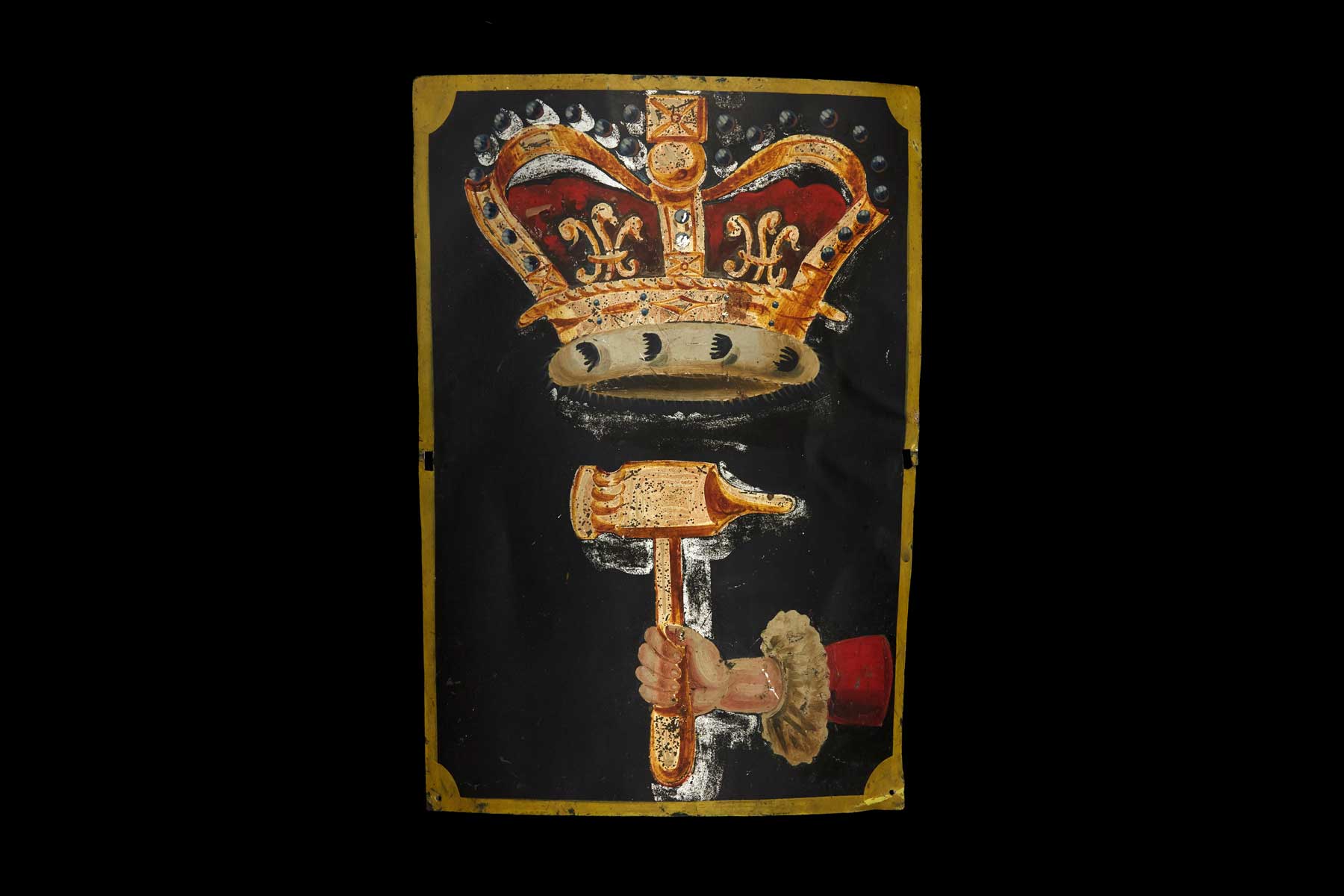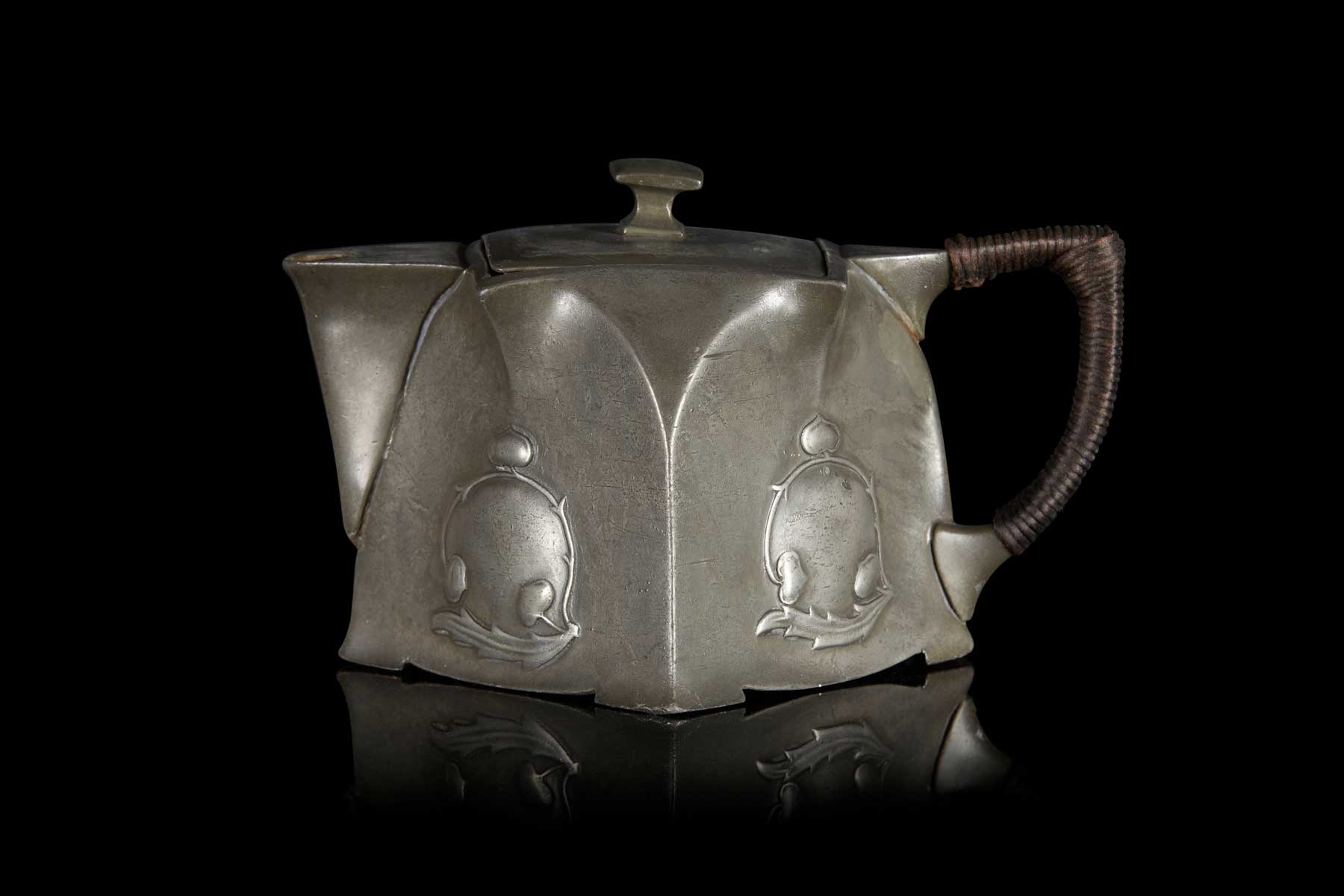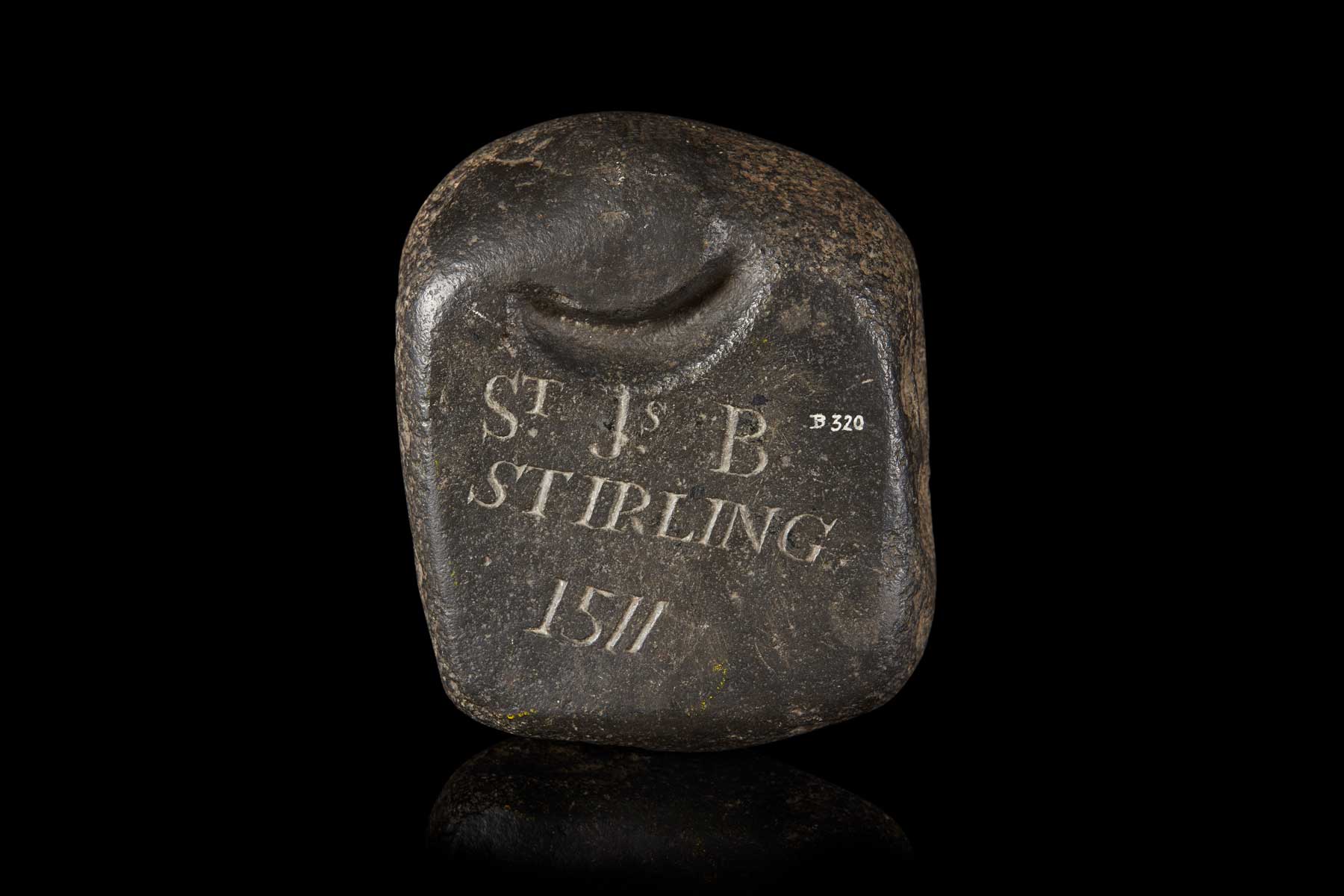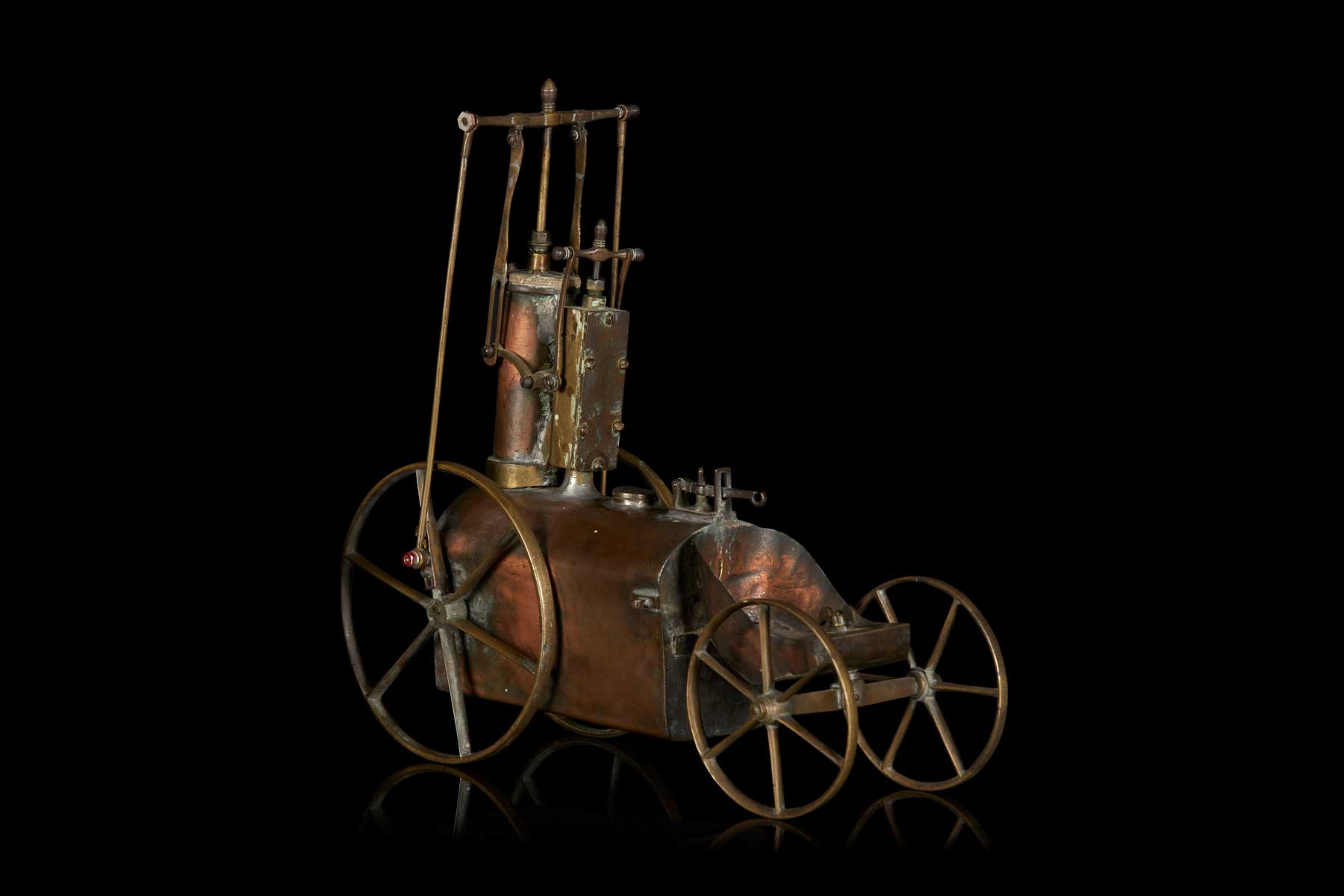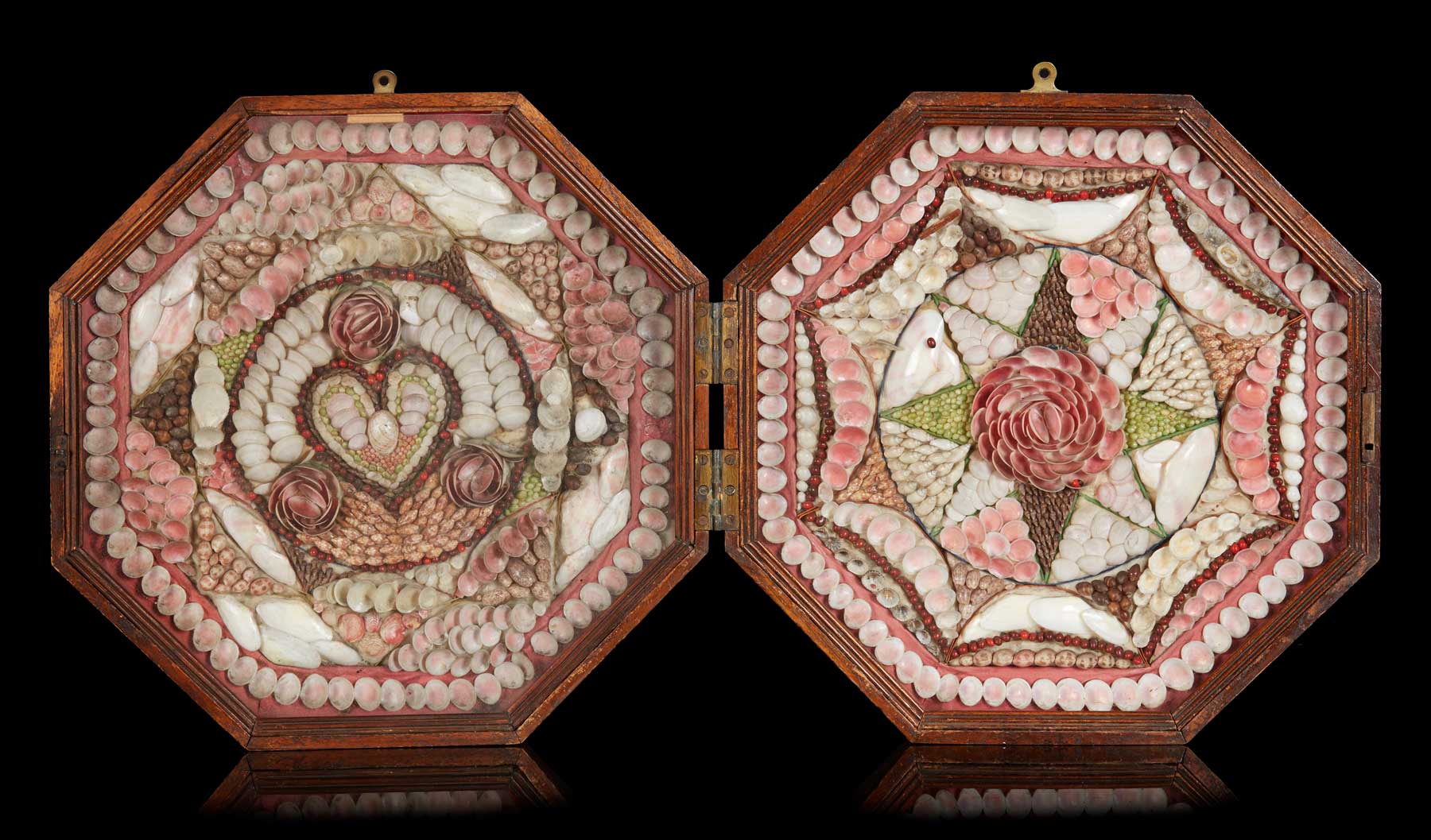Rob Roy McGregor Tartan
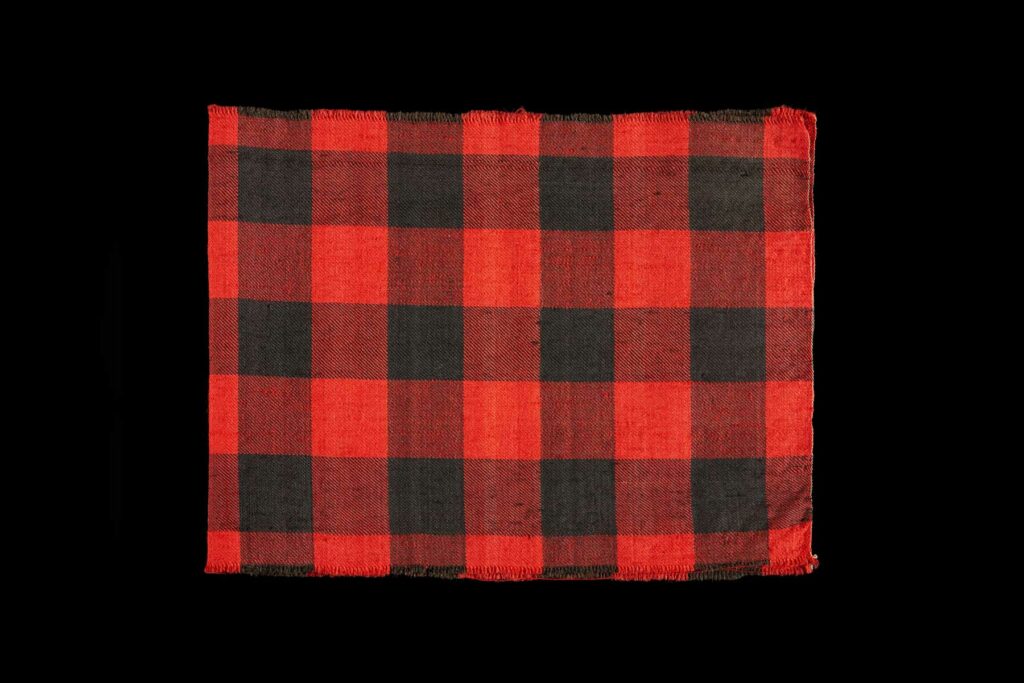
In the eyes of the world, Scotland and tartan go hand-in-hand. But did you know that for more than a hundred years, Bannockburn near Stirling was at the heart of the tartan manufacturing industry?
This tartan sample was made by Wilson’s of Bannockburn in the early 19th century. Also known as Old MacGregor, it is romantically called ‘Rob Roy’ tartan, named after the eponymous Scottish outlaw who became a folk hero during the Victorian era.
William Wilson was a weaver and chapman (a seller of cloth), who set up his business in Bannockburn in 1759. By 1785, he owned 12 looms and had created a wholesale manufacturing business producing tartan and other cloth for customers ranging from the northern Highlands to the West Indies.
Wilson’s biggest customer was, however, the British Army. After the failed 1745 Jacobite Rising, the wearing of Highland dress by all men was prohibited by the Act of Proscription in 1746. Harsh penalties were imposed, including imprisonment and transportation. The Act excluded the British Army; the many Scottish Regiments created during the second half of the 18th century were encouraged to wear the plaid. Regiments gradually adopted their own tartans – the earliest was the Black Watch, created in 1739. Wilson’s provided the cloth that dressed most of the Scottish soldiers fighting on fronts across the world.
